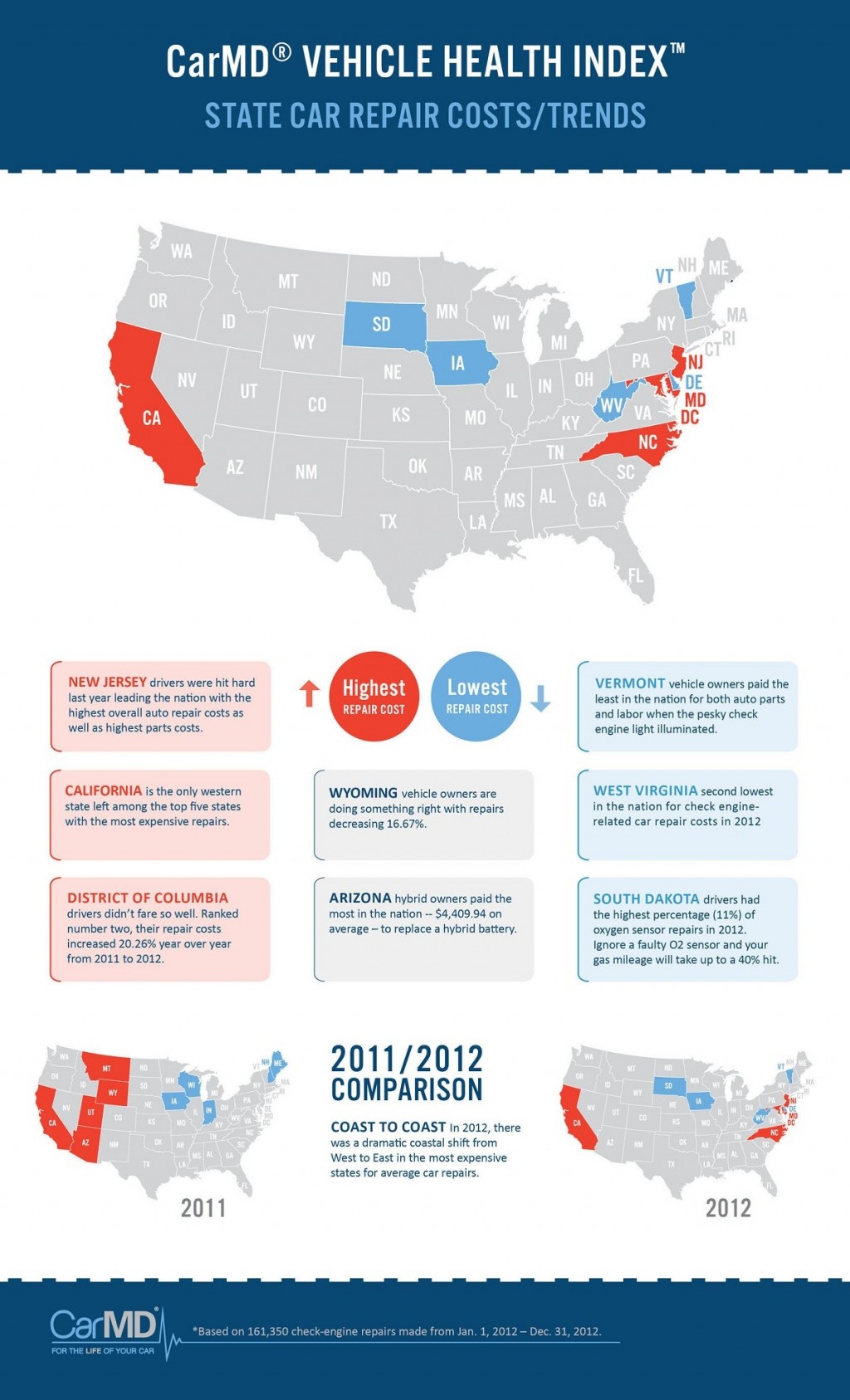Understanding The Meaning Behind Your Automobile'S Warning Lighting: An In-Depth Look
Understanding The Meaning Behind Your Automobile'S Warning Lighting: An In-Depth Look
Blog Article
Content Composed By-Lauritsen Dalgaard
When you're behind the wheel, those radiant caution lights on your dashboard can be a bit puzzling. Do you recognize what they're trying to inform you regarding your cars and truck's health? Comprehending the significance of these lights is crucial for your security and the longevity of your vehicle. So, the following time one of those lights pops up, would not you want to decode its message precisely and take the essential steps to resolve it?
Common Caution Lighting and Interpretations
Recognize usual caution lights in your automobile and understand their significances to make sure safe driving.
One of the most regular warning lights consist of the check engine light, which indicates issues with the engine or exhausts system. If this light comes on, it's crucial to have your vehicle checked quickly.
The oil pressure warning light shows low oil pressure, calling for instant focus to stop engine damage.
A flashing battery light could suggest a defective billing system, potentially leaving you stranded if not addressed.
The tire pressure tracking system (TPMS) light notifies you to low tire pressure, impacting lorry stability and fuel effectiveness. Neglecting this could cause dangerous driving conditions.
The abdominal muscle light shows an issue with the anti-lock stopping system, jeopardizing your capability to quit swiftly in emergency situations.
Finally, the coolant temperature level cautioning light warns of engine getting too hot, which can result in severe damage if not resolved promptly.
Understanding these common caution lights will certainly aid you resolve problems without delay and keep safe driving conditions.
Importance of Prompt Attention
Understanding the common warning lights in your automobile is just the first step; the significance of promptly attending to these cautions can't be stressed enough to guarantee your safety when driving.
When Suggested Web site brightens on your dashboard, it's your vehicle's means of interacting a possible issue that requires interest. Disregarding these warnings can result in extra serious issues in the future, compromising your safety and potentially costing you much more in repairs.
Motivate attention to cautioning lights can stop break downs and crashes. For instance, a blinking check engine light could indicate a misfire that, if left neglected, can trigger damages to the catalytic converter. Addressing this immediately can conserve you from an expensive repair.
Likewise, a brake system advising light may signal reduced brake fluid or worn brake pads, vital parts for your safety and security when driving.
Do It Yourself Troubleshooting Tips
If you see a caution light on your control panel, there are a couple of do it yourself repairing tips you can attempt prior to seeking specialist help.
The very first step is to consult your auto's manual to comprehend what the details caution light indicates. Occasionally the issue can be as simple as a loose gas cap causing the check engine light. Tightening up the gas cap may fix the issue.
An additional usual problem is a low battery, which can trigger different cautioning lights. Checking the battery links for rust and guaranteeing they're safe and secure could fix the problem.
If a caution light lingers, you can try resetting it by disconnecting the automobile's battery for a couple of minutes and then reconnecting it. Furthermore, examining your vehicle's fluid degrees, such as oil, coolant, and brake liquid, can aid troubleshoot warning lights associated with these systems.
click the up coming internet site
In conclusion, comprehending your car's warning lights is vital for maintaining your car running efficiently and securely. By immediately attending to these alerts and knowing what they imply, you can stay clear of expensive repair work and prospective failures.
Keep in mind to consult your auto's guidebook for specific details on each cautioning light and do something about it accordingly to make sure a hassle-free driving experience.
Keep notified, stay safe when traveling!
